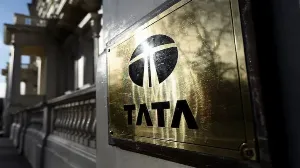Surgeons in Scotland and US Achieve Historic Remote Stroke Surgery
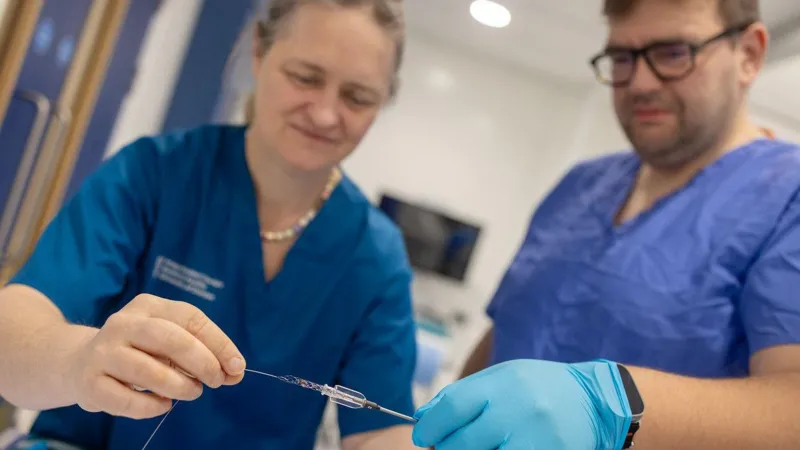
In a significant advancement for medical science, a team of surgeons from Scotland and the United States has successfully executed what is being recognised as the world’s first robotic stroke surgery conducted remotely across a transatlantic distance of over 4,000 miles (6,400 kilometres). The procedure took place at the University of Dundee, where Professor Iris Grunwald, a distinguished interventional neuroradiologist, performed a remote thrombectomy—a procedure aimed at removing blood clots from the brain following a stroke—on a human cadaver. Professor Grunwald operated the robotic system from Ninewells Hospital in Dundee, while the cadaver was situated at a nearby medical facility.
Just hours later, Dr. Ricardo Hanel, a neurosurgeon based in Jacksonville, Florida, utilised the same technology to carry out the first-ever transatlantic robotic surgery on the cadaver located in Dundee. This pioneering effort was facilitated by robotic systems designed by Sentante, a Lithuanian technology firm, with the necessary connectivity support provided by tech giants Nvidia and Ericsson.
The team has hailed this achievement as a potential "game changer" in the field of stroke care, particularly for patients in remote locations who often lack timely access to specialist treatment. Professor Grunwald expressed her excitement about the experiment, stating, "It felt as if we were witnessing the first glimpse of the future. What was once considered science fiction is now a demonstrated reality."
The University of Dundee is notable for being the only institution in the UK where medical professionals can practice on cadavers while simulating human blood flow. This recent operation marks the first instance of a complete mechanical thrombectomy being performed on a real human body, showcasing the full range of capabilities of the robotic system.
Juliet Bouverie, Chief Executive of the Stroke Association, described the operation as a "remarkable innovation," which could significantly help bridge the treatment gap for individuals residing in rural regions. She highlighted the challenges faced by patients in these areas, stating, "For too long, people living in remote and rural areas have been deprived of access to thrombectomy. Robotics like this could rebalance the inequity that exists in stroke treatment across the UK."
During the experiment, four cadavers, which had been donated to science within the last three years, were used. The robotic systems allowed the surgeons to control catheters and wires remotely, accurately replicating every hand movement in real time. In practical terms, a doctor present with the patient would attach the necessary wires, while a remote specialist, potentially located in another country, could perform the thrombectomy using the robotic apparatus.
Both Professor Grunwald and Dr. Hanel completed the procedures following only 20 minutes of training, managing a latency of just 120 milliseconds—an impressive feat that underscores the system's efficiency. Professor Grunwald noted, "Every six minutes of delay reduces the chance of a positive outcome by 1%. This technology could save countless lives by bringing treatment to the patient, rather than forcing patients to travel to treatment."
According to Public Health Scotland, there were 9,625 reported cases of ischaemic strokes in Scotland last year, yet only 2.2% of these patients received thrombectomy treatment. Meanwhile, the proportion across the rest of the UK was slightly higher at 3.9%. Edvardas Satkauskas, the CEO of Sentante, expressed optimism about the future of tele-robotic surgery, stating, "Sometimes, the future is much closer than we think."With clinical trials anticipated to commence next year, the researchers are hopeful that this innovative approach will pave the way for timely and effective stroke treatment for patients in the UK and beyond.
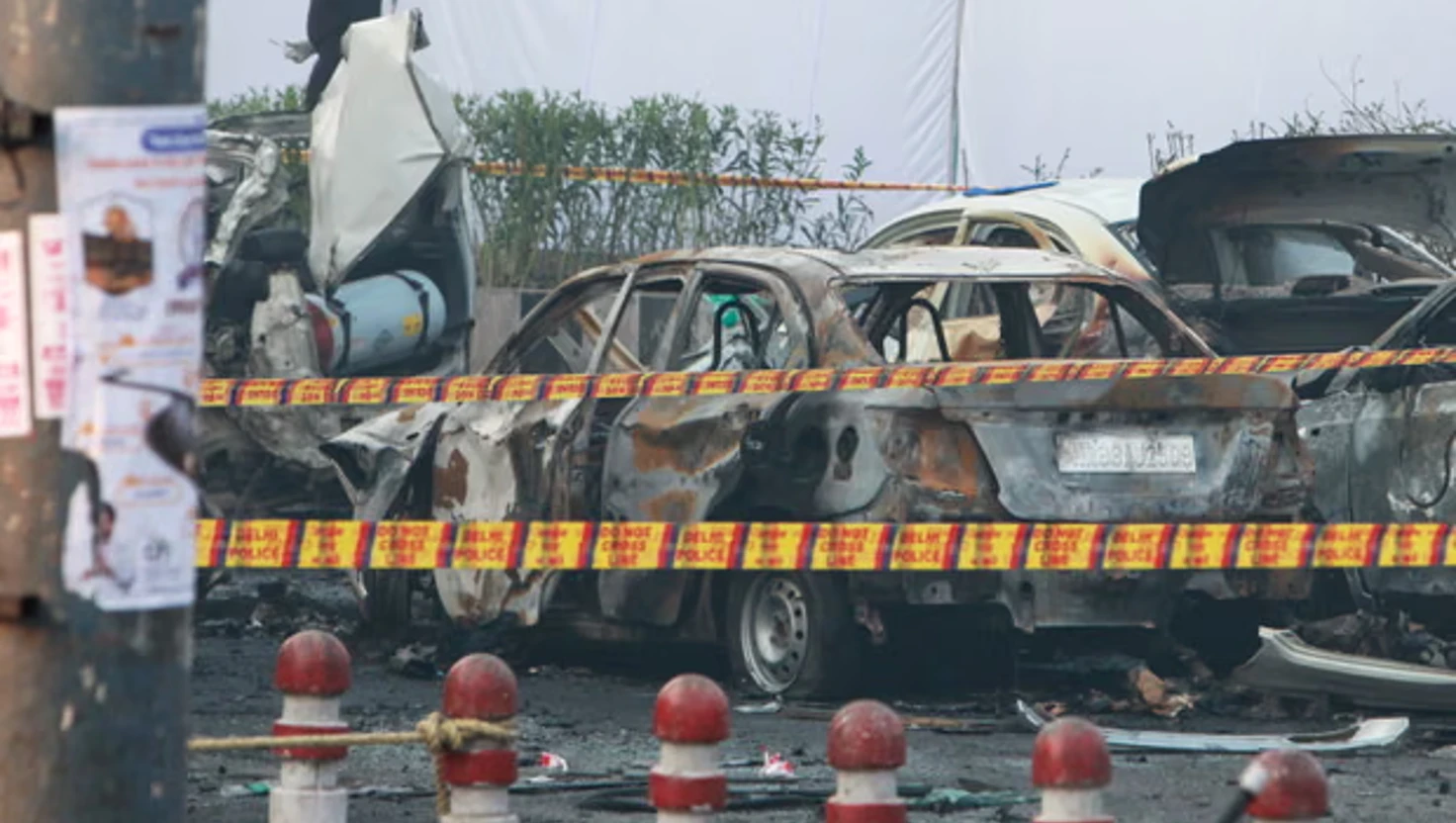
Delhi Blast Investigation Links Detonators to Faridabad Terror Module
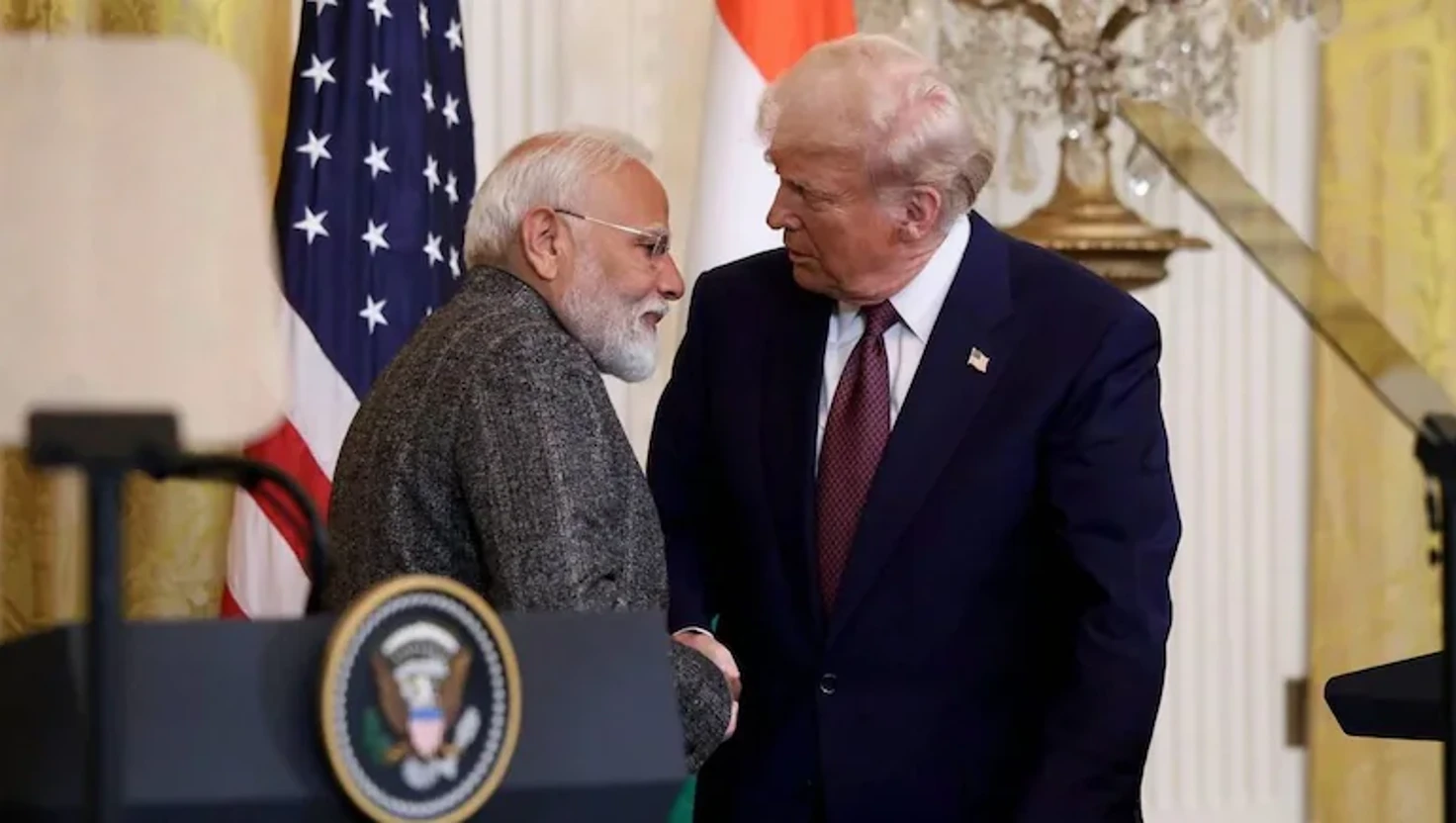
US and India Trade Agreement Progresses with Expected Tariff Reductions
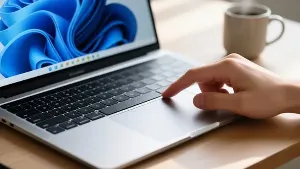
Microsoft to Introduce Haptic Feedback for Windows 11 Trackpads
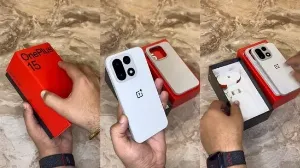
OnePlus 15 Unboxing Ahead of Indian Launch on November 13
